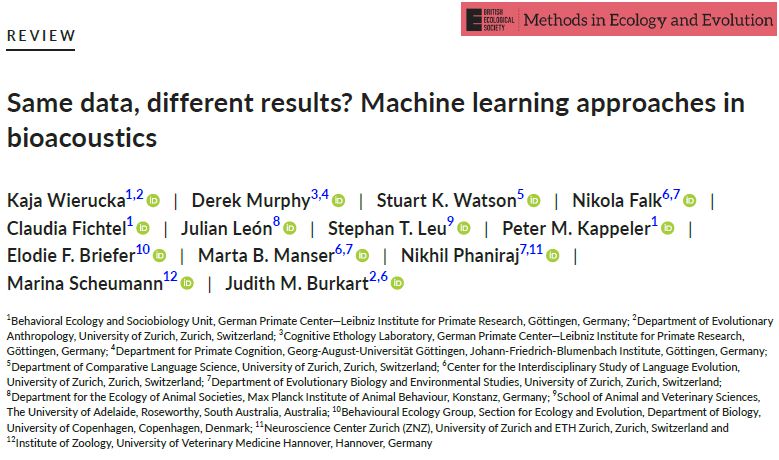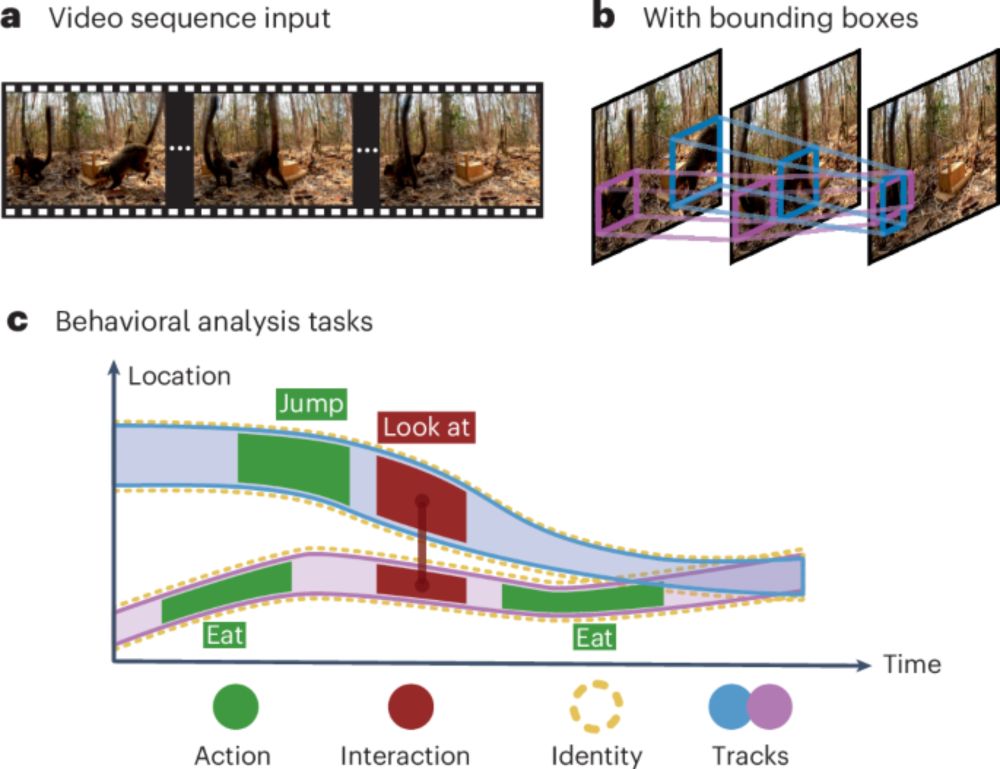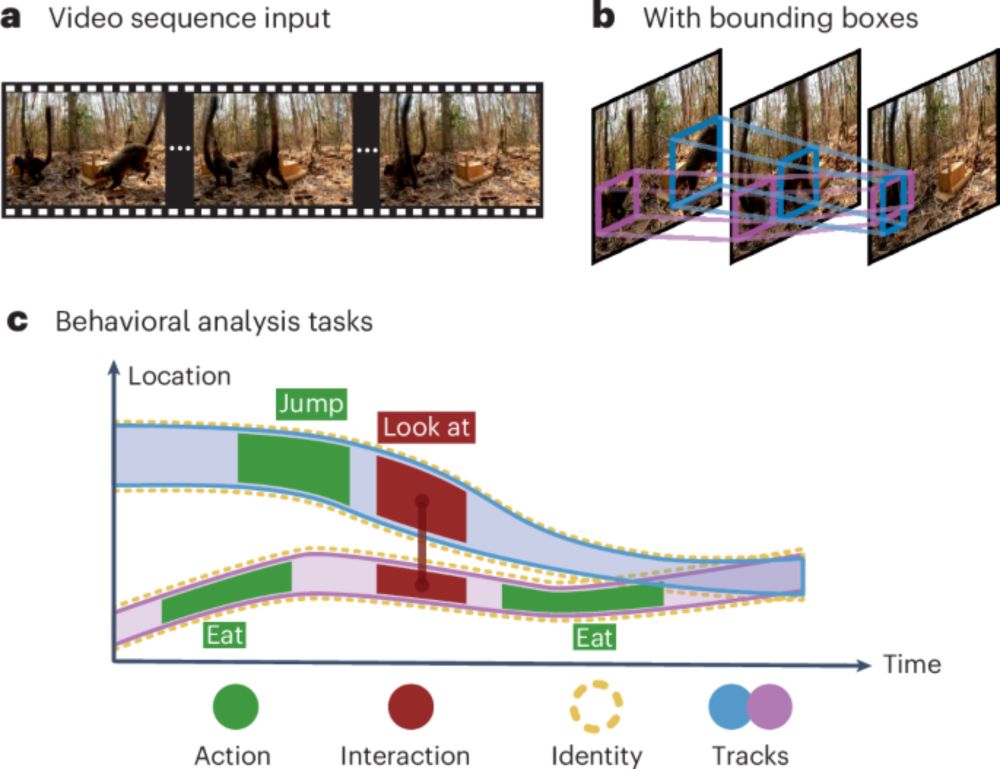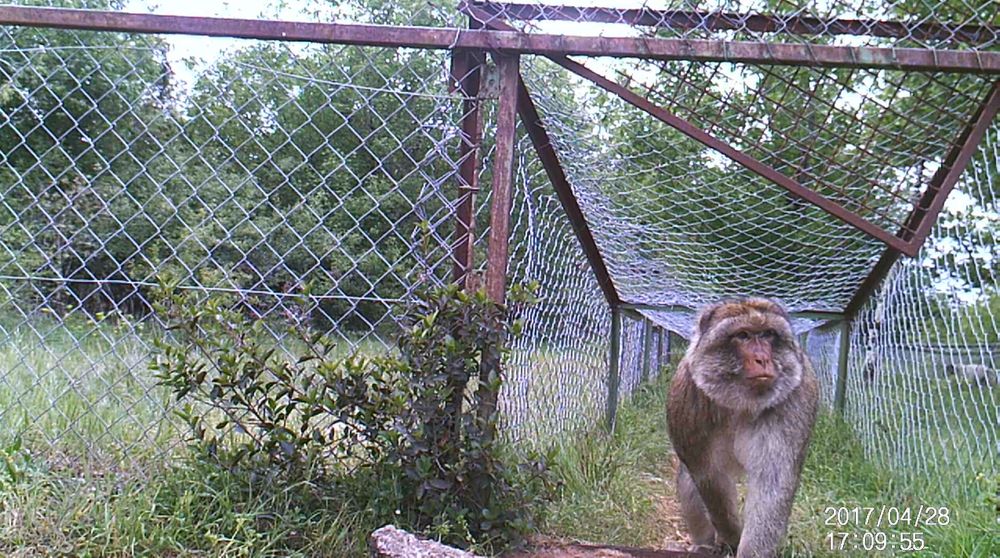Derek Murphy
@vervetunderground.bsky.social
100 followers
130 following
13 posts
Postdoc in the Cognitive Ethology Lab at the German Primate Center
Behavioural ecology; social networks; camera traps; machine learning
Posts
Media
Videos
Starter Packs









